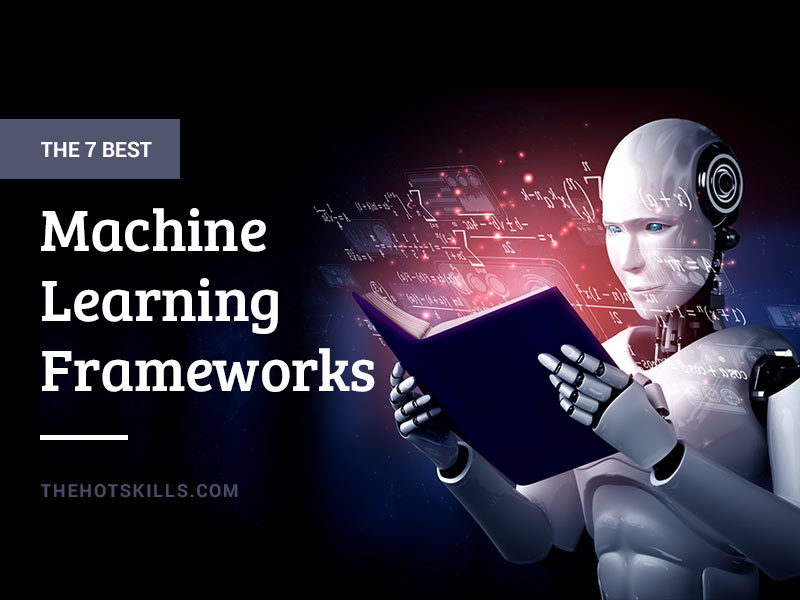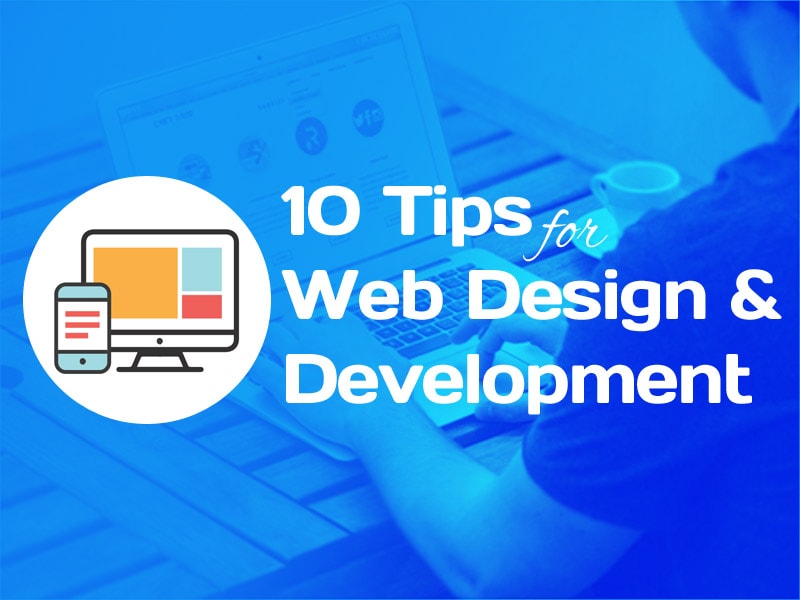Machine learning frameworks are very important for the development of machine learning models. Web designers should be able to utilize the ML frameworks for web development and to easily build machine learning models for deployment. This article discusses the seven most suitable machine learning frameworks for web designers and their key features.
What is a Machine Learning Framework?
Machine learning frameworks are interfaces, tools, or libraries that enable machine learning developers and data scientists to build, maintain and deploy machine learning models easier and quicker. These tools or libraries help maintain efficient MLOps and DevOps lifecycles and establish an ML model management framework.
Developers do not need to understand the underlying machine learning algorithms. It allows a web designer or machine learning developer to build a machine learning model using prebuilt libraries and tools. Examples of some machine learning frameworks are Tensorflow, Scikit learn etc.
Features of an ML Framework
Some important features of machine learning frameworks are:
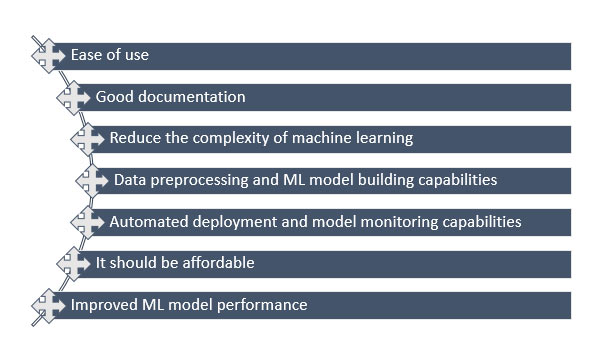
- Ease of use: A machine learning framework should be easy to use by users from a different programming background.
- Should have good documentation: An ML framework should be well documented and should provide multiple programming language usages.
- It should reduce the complexity of machine learning by providing simple programming syntax and well laid out structure to build ML systems and concept models.
- It should have data preprocessing and ML model-building capabilities: ML frameworks should provide some data preprocessing modules and machine learning algorithms.
- It should have automated deployment and model monitoring capabilities: Machine learning frameworks should incorporate MLOps and modelops and should be able to store new version models in model hubs and ensure model management and monitoring.
- It should be affordable: ML frameworks should have an affordable subscription cost if it is not open source.
- Machine learning frameworks should provide improved ML model performance after training.
The 7 Best Machine Learning Frameworks for Web Designers
The seven best machine learning frameworks and their features that make them most suitable for web designers are discussed below:
Tensorflow
Tensorflow is an open-source ML framework developed by the google brain team in 2015, written In C++, Python, and CUDA, it allows web designers and ML developers to build regression ML models, and neural networks ML models. Tensorflow ML framework helps build ML models that can be easily be used in the web development process. Tensorflow uses tensors to store numerical values which are used in computation.
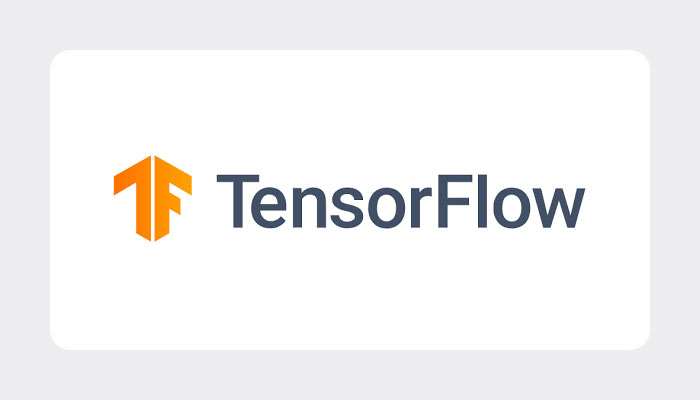
Features of Tensorflow
- Ability to customize machine learning: Tensorflow allows web designers and ML developers to easily build customized ML models
- It is also an efficient model management framework: it allows for seamless management of ML models which facilitates MLOps.
- It provides distributed training on CPU and GPU
- Faster runtime and Integration with Keras
- Can be used as a JavaScript module: Tensorflow.js can be easily used by web designers or developers to integrate ML models in web apps
- Provides easy deployment for web development pipelines using tf.serving or tf.lite
Microsoft Azure ML studio
This is a machine learning framework that was developed by Microsoft Azure for creating and training machine learning models and turning them into APIs which can be used in web development. It also reduces the complexity of ML workflows.
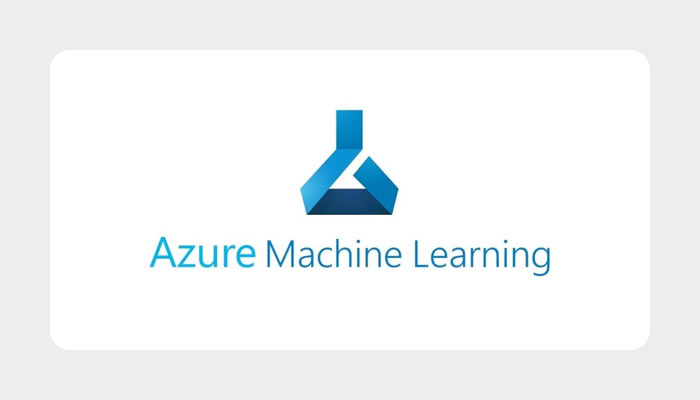
Features of Microsoft Azure ML studio
- It has a graphic user interface that uses drag and drop features and can be easily used by web designers and ML developers.
- It provides data preprocessing and visualization capabilities which is needed for building ML models
- Azure ML studio requires no code, this makes it very easy to use by web designers.
- It has cloud storage and APIs which can be used for deployment by web designers and ML developers.
Scikit learn
It is an open-source machine learning framework developed by David Cournapeau in 2007, written mostly in python, which allows developers to train machine learning models with different embedded modules for ML algorithms like regression, clustering, model selection, and other preprocessing modules, it is also user friendly.
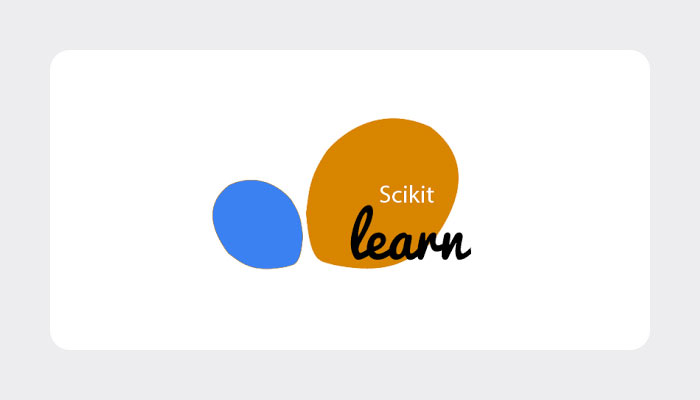
Features of Scikit learn
- It provides modules that can be used for supervised and unsupervised ML algorithms, feature extraction, and preprocessing, these modules are used by web designers and ML developers in ML development.
- It provides ease of use of ML models for deployment. Web designers can easily use Scikit learn to train and save ML models which are used in web development.
Apache Mahout
It is a machine learning framework that was developed by the Apache Software Foundation In April 2008, written in Java and Scala. Mahout uses the Hadoop library which allows developers to build machine learning systems in the cloud, web designers use mahout to easily build recommendation engines. It is highly recommended because of its simplicity, scalability, and speed.
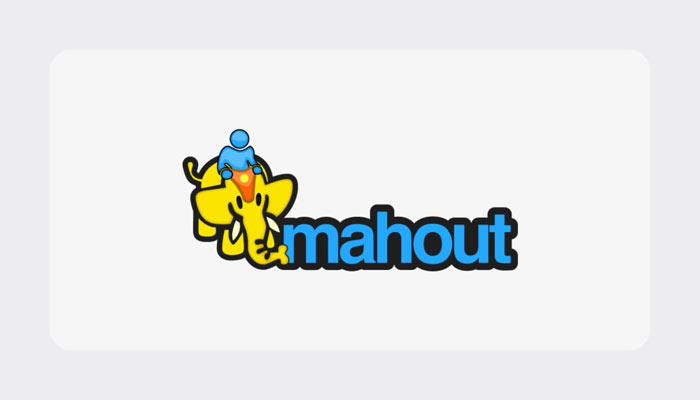
Features of apache mahout
- It aids web designers by providing distributed linear algebra frameworks which make it possible for developers to quickly develop their own distributed algorithms.
- Apache mahout provides embedded clustering algorithms like k-means, streaming k-means used for training ML models, etc. It also supports naïve bayes.
- It uses Hadoop and map-reduce for big data which is utilized by web developers and ML developers to build recommender engines.
Caffe2
It is a machine learning framework developed by Berkeley Vision and Learning Center in 2017, it was written in C++ and python. It is flexible and easy to use.
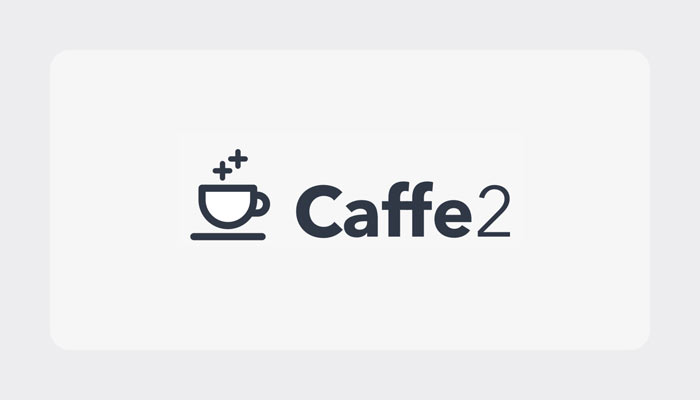
Features of Caffe2
- It provides a way to store pre-trained models used by web designers in deployment: Caffe model zoo
- It is fast and can be used for deep learning, Convolutional neural networks (CNN), and it supports Graphical processing unit (GPU)
- It is used to build web apps with image segmentation and classification features
Pytorch
It is a machine learning framework developed by Facebook’s AI Research lab (FAIR) in 2016. It is a framework built for stability, and ease of machine learning deployments. It is written in C++, Python, and Cuda.
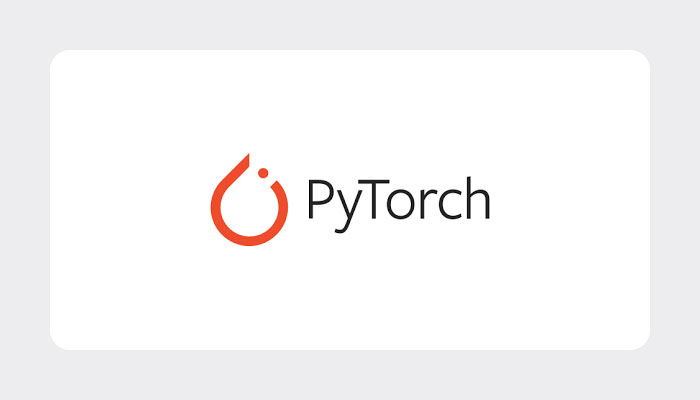
Features of Pytorch
- It uses tensors for fast computation which makes it efficient for use by web designers and ML developers.
- It can be used with a Graphics Processing Unit (GPU) and central processing unit (CPU) and it provides graph-based execution.
- It can be used by developers to deploy ML models as an API , in web and mobile and serve as an efficient model management framework.
- Pytorch is efficient for deep learning, and NLP, integration with NumPy
- PyTorch is a deep learning tensor library optimized for GPUs and CPUs.
Apache Singa
It is a machine learning framework developed by Apache Software Foundation in 2015 that enables web developers to easily create machine learning models. Written In: C++, Python, Java.
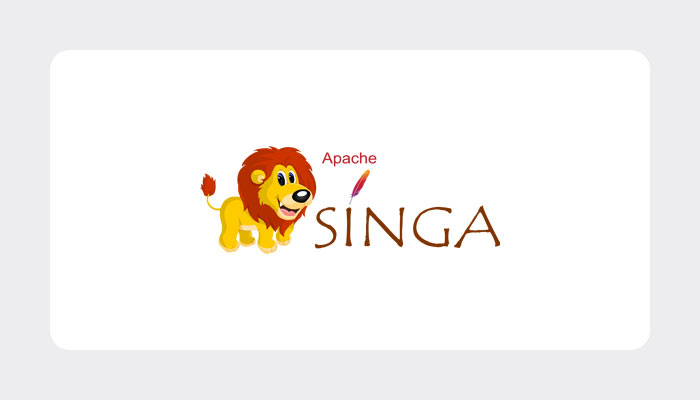
Features of Apache Singa
- Provides flexible architecture for web designers and ML developers which enables distributed training
- It provides a simple programming model and distributed learning for training ML models and can be used for NLP and image segmentation, linear and logistic regression
Conclusion
Web designers can use Machine learning frameworks to build great machine learning web applications for online use. There are a lot of machine learning frameworks, and they are written with different programming languages, but the most suitable ML frameworks for web designers were discussed in this article. The features of each of the ML frameworks explained why they can be easily adopted by web designers.
FAQs
Is a machine learning framework necessary for training ML models?
Yes, it is important to use a machine learning framework to train ML models because it provides a suitable architecture for ML Model training.
Should a web designer be familiar with ML frameworks and ML model building?
Yes, they should, because the web designer needs to know to deploy these ML models in production.
